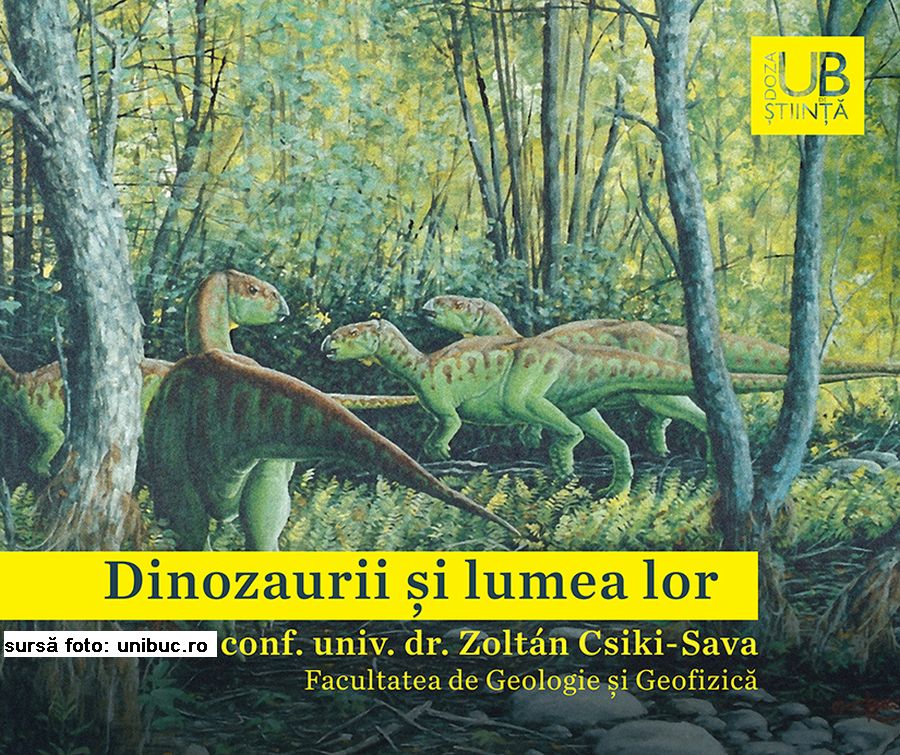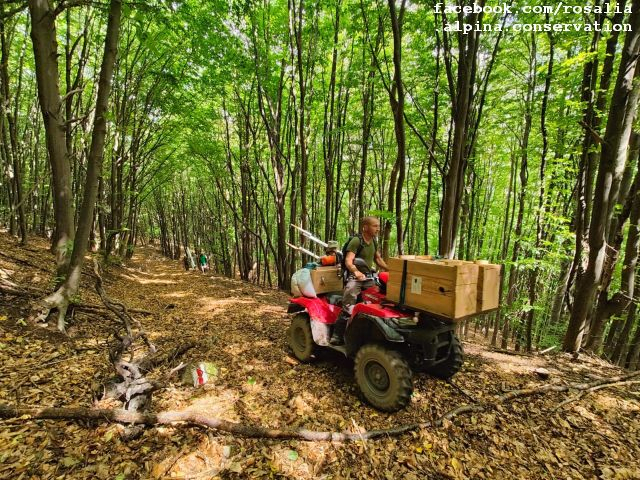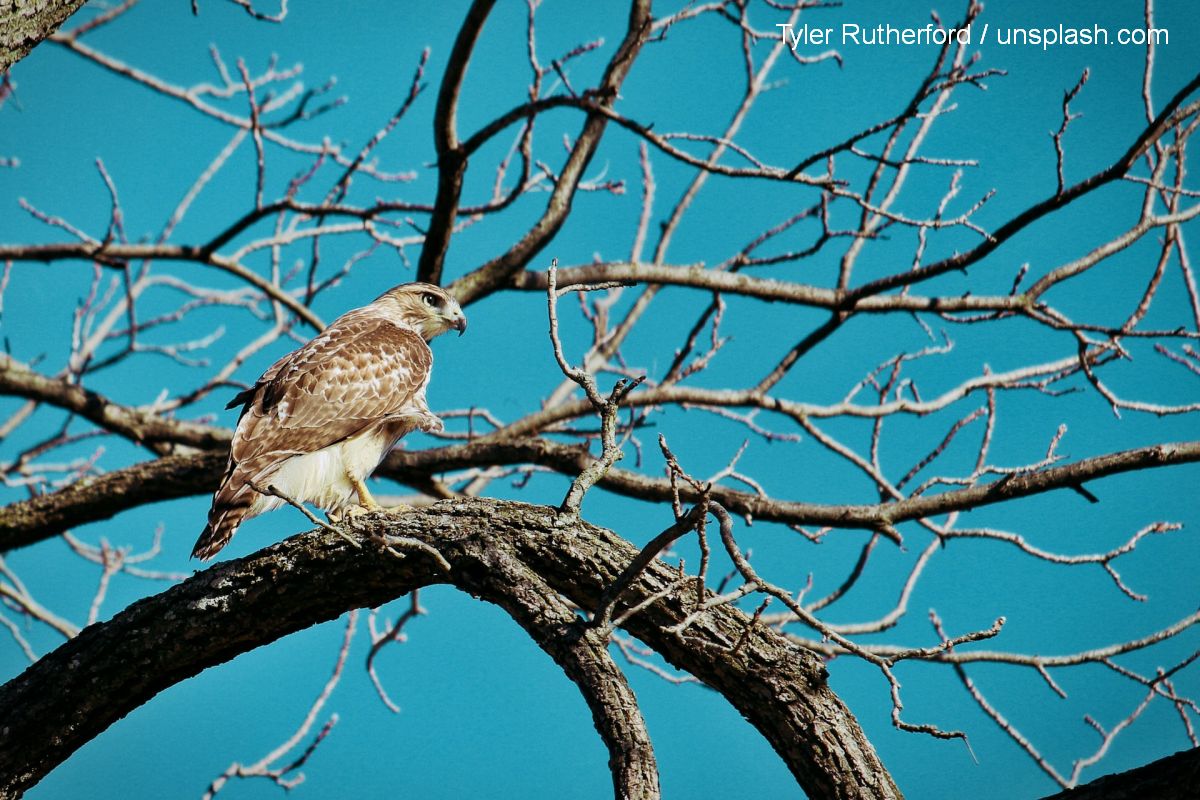How green is wind power?
A look at wind power in Romania

Florin Orban, 26.08.2016, 12:10
Romania is in the front ranks of renewable energy as far as EU energy policies are concerned. The 2020 goal has already been achieved, namely that 24% of the gross energy consumption should be covered by renewable sources. To this end, wind power has played an important role, despite being introduced rather late in Romania. Most production facilities have been put in place in the last 10 years. However, the growth rate of the wind power sector has been quite fast; at the moment, wind power accounts for around 12.3% of Romanias total electric power output.
Most wind turbines were built in Dobrogea, a southeastern region bordered by the Danube and the Black Sea, a region with a big potential in terms of wind power. It is a region of a great diversity with a lot of protected areas, the best-known being the Danube Delta Biosphere Reserve and the Macin Mountains National Park. That is one of the reasons why the new wind turbines have not been received with much enthusiasm in the region. Marina Druga from the Romanian Ornithological Society has more:
“At the moment, there are wind farms in Romania which are not OK. They overlap with the migration areas, priority habitats of community interest have been destroyed, even in Dobrogea. Romania is the only EU member country to boast such areas. Each project must be examined separately, because some projects are OK, but there are also projects that are not OK. And for that we need studies.
There have been visible effects on the birds life, Marina Druga points out:
“Certain organizations have signaled the death of large raptors, such as the lesser spotted eagle. There have also been reports of people who were carrying out certain projects on the ground at the time, projects that had no connection with wind power, and who saw some species that had been killed by the wind turbines.
However, environmental organizations have no statistical data about the entire negative impact of wind turbines on birds. The representatives of wind power producers challenge the effects. Catalina Dragomir, chair of the board of the Romanian Wind Energy Association told us more:
“For sure, the existing wind farms in operation are permanently monitored and I havent seen any report or any other document indicating their negative impact on the environment.
How hazardous are the wind turbines as regards the birds migration corridors? Catalina Dragomir, a representative of the wind power producers shares her opinion:
“By definition, they are not hazardous. If there are problems or risks, those investments will not get environment endorsement. The investment in the respective area will cease or will be relocated. There are no other alternatives. There were projects which did not get endorsement, or did get endorsement, but with expensive monitoring measures and entailing a negative impact on the investment, so that the final decision was to pull the plug.
Environmental organizations say they will monitor data on the wind farms more carefully, in order to have their own information and studies. Marina Druga from the Romanian Ornithological Society again:
“Most wind farms in Dobrogea developed over 2013-2014. At that time, we didnt have enough data. Meanwhile, a project has been carried out regarding the collection of data, which is currently submitted to the European Commission. You should understand that the Romanian Ornithological Society has never stood against the development of wind energy. But it should be done based on a strategy, on studies, in areas where wind turbines dont have a negative impact on the species of birds, habitats, or bats.
Catalina Dragomir, chair of the board of the Romanian Wind Energy Association claims that the environmental impact assessments allowing for the development of wind power in Romania are quite sound:
“The development of investment in renewable energy is based on comprehensive research conducted by relevant authorities; the environmental impact assessment is instrumental to establishing whether a wind power project is feasible or not. All these investments are made with funds made available by local, national or international financial institutions. All this calls for utmost security in terms of guaranteeing future revenues to recover the investment. Stopping the investment for possible causes related to environmental assessments poses an additional risk to investors; that is why they carefully check the quality of those environmental assessments and examine any decision based on such studies. As early as the first development stage of a wind power project, you need environmental permits, environmental reports provided by competent companies in the field, endorsement which is subsequently confirmed by the Environment Agency and which indicates possible additional environmental protection or monitoring measures, either in the development stage or in the construction or operational stages. That means that after becoming operational, a wind farm is permanently monitored by relevant companies and the reports are regularly submitted to relevant agencies that assess the wind farms impact and identify possible risks or problems.
The EUs ambitious goals with respect to the production of energy from renewable sources do not justify their effects on nature. Such effects must be carefully monitored and kept in check as much as possible in order to achieve green energy technologies.
(Translated by A.M. Palcu)






























